Top of the most famous temples in ancient Greece #2
Ancient Greece has always been known not only for its magical stories with great gods but also for its ancient architecture that captivates tourists. Typically, the temple system that the ancient Greeks left behind for humanity is amazing. Greece once had a golden age, reaching the peak of human civilization. In particular, this place attracts tourists because of its world-famous Greek temples. Let's learn about the most famous temples in ancient Greece with Toplist.
Temple of Zeus
The Temple of Zeus, also known as the Olympieion or Column of Zeus, is a Greek obelisk and former ancient temple in the center of Athens, dedicated to Olympus Zeus. The temple's name is derived from his position as supreme among the Olympian gods. Construction began in the 6th century BC during the reign of the tyrant Athens, who planned to build the largest temple in the world, but it was not completed until the reign of Emperor Roman emperor Hadrian in the 2nd century AD.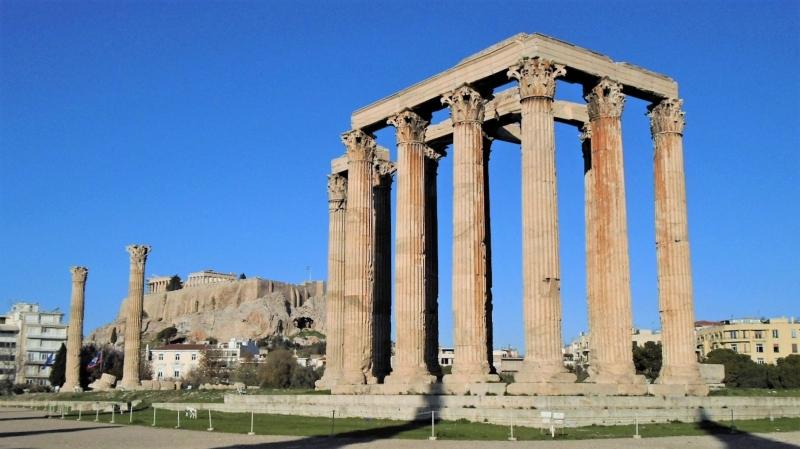
The temple was excavated between 1889 and 1896 by Francis Penrose of the British School of Athens (who played a leading role in restoring the Parthenon) in 1922 with the German archaeologist Gabriel Welter and in the 1960s by other archaeologists. The temple, along with the surrounding ruins of other ancient structures, is a historical area managed by the Monuments Management Board of the Greek Ministry of the Interior. On January 21, 2007, a group of Greeks held a ceremony honoring Zeus on the temple grounds. The event was organized by Ellinais, an organization that won a court case to gain recognition for ancient Greek religious practices in the fall of 2006.
Temple of Hephaestus
The Temple of Hephaestus or formerly known as Theseion is a well-preserved Greek Temple, located northwest of the Agora of Athens, on top of the Agoraios Kolonos hill. From the 7th century until 1834, it served as the Greek Orthodox church dedicated to Saint George Akamates. The structure's condition has been maintained according to its diverse history of use. Hephaestus is the patron god of metal work, crafts and fire.
Archaeological evidence shows no earlier construction on the site except for a small sanctuary that was burned when the Persians captured Athens in 480 BC. The name Theseion or temple of Theseus was given to the monument under the assumption that it housed the relics of the Athenian hero, brought to the city from the island of Skyros by Kimon in 475 BC. This assumption is refuted by temple inscriptions that firmly associate it with the god Hephaestus.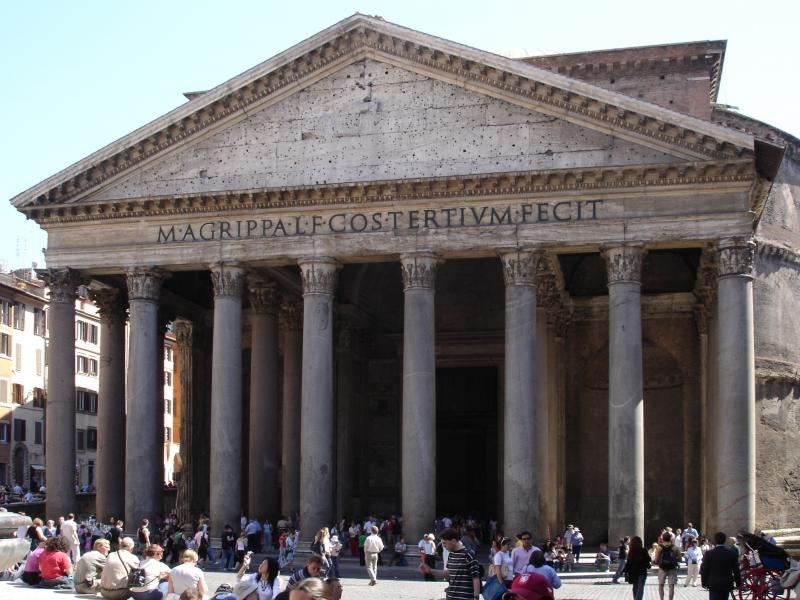
Many architects have been proposed, but without solid evidence, only Master Hephaisteion is mentioned as the temple's designer. The temple is built with marble from nearby Mt.Penteli, except for the base which is made of krepis. The architectural sculptures are made of both Pentelic and Parian marble. The size of the temple is 13,708 meters from North to South and 31,776 meters from East to West.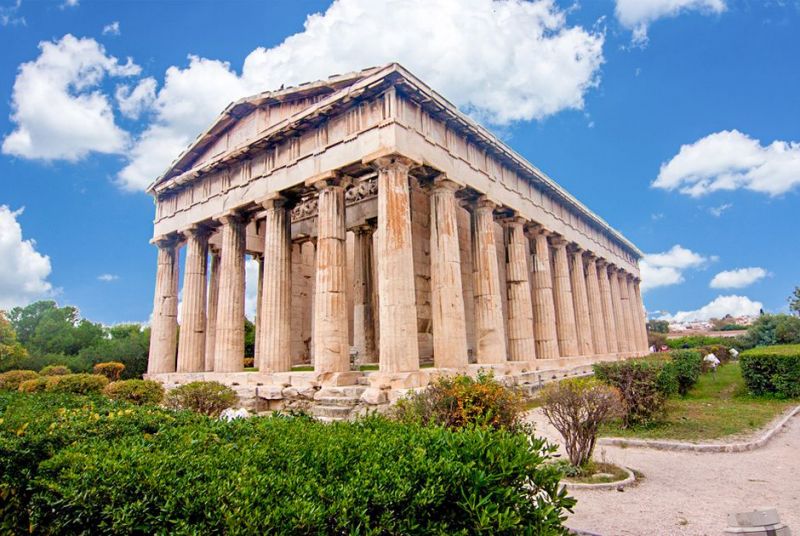
The building has a shrine room containing sacrificial images in the center of the church. The arrangement of third-party style columns running around the temple is a unique mid-5th century BC design element. Additionally, there is an internal Doric palisade with five columns on the North and South sides and three columns at the ends (with the corner columns counting twice).
Temple of Hera
Greek mythology is known as a product of the imagination created by the ancient Greeks. Although it is the value of a country, it is known to many people around the world, becoming a common property of world culture. In Greek mythology, the goddess Hera, also known as Here, is one of the twelve gods of Mount Olympus.
Hera is the sister and main wife of the supreme god Zeus. To worship this powerful god, the Greeks built the temple of Hera, now in Southern Italy. Hera is the goddess of marriage, protector of family life, symbol of its holiness and sustainability. Besides, Hera also has another position as the wife of Zeus. Like her husband, Hera has the full dominion of a queen on Mount Olympus. In Roman mythology, the god similar to Hera is Juno.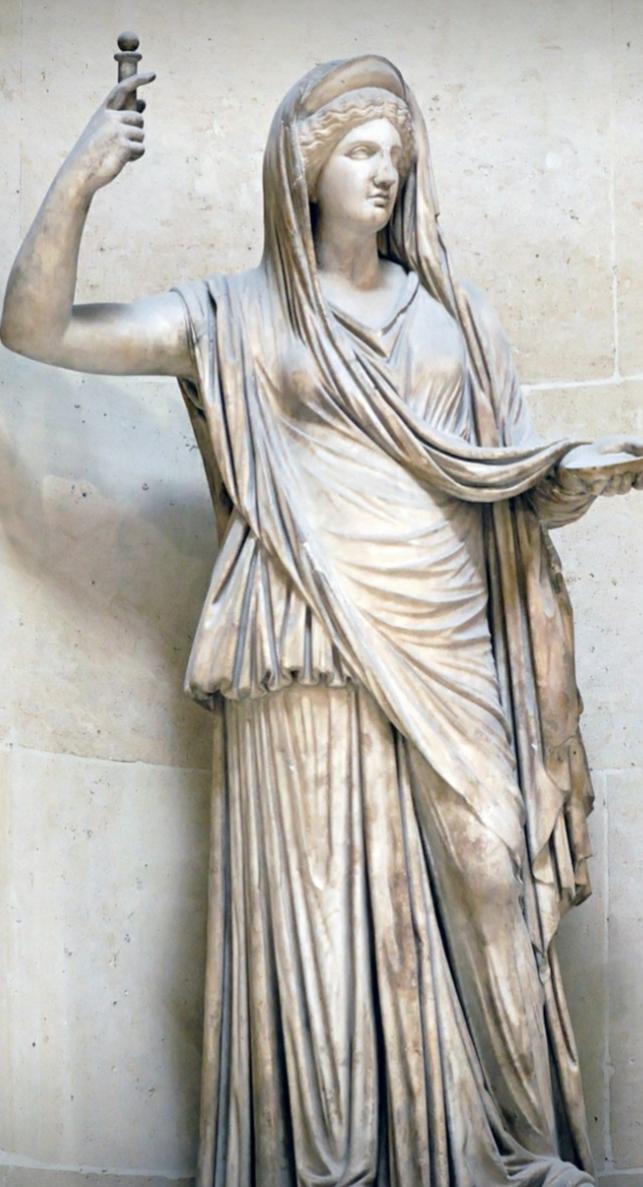
If anyone has read Greek mythology, they will surely know Hera as the goddess in charge of the palace of Olympus because she is the wife of Zeus. However, few people know that the worship of Hera appeared long before the worship of Zeus. Hera was worshiped throughout all of Greece, in the most ancient and special temples dedicated to her. The fact that the goddess Hera had Zeus and was described as a bitter, jealous woman are the most realistic mythological reflections of one of the most profound changes in human thinking. Goddess Hera's symbols are the peacock, the white bull and sometimes the cuckoo. Symbolic fruits are apples and pomegranates.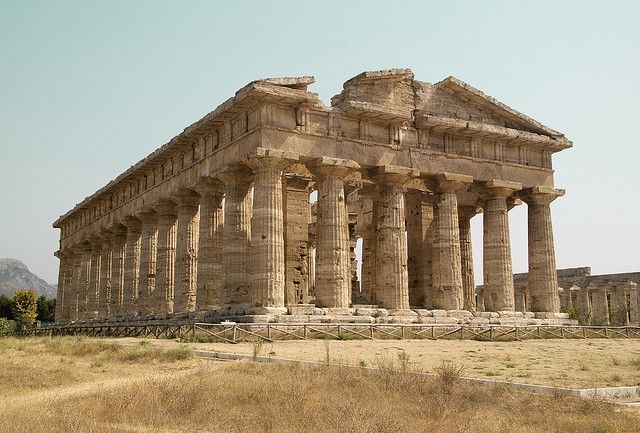
The oldest temple in the Paestum region was built by the ancient Greeks and worshiped this powerful god. Paestum was formerly a city in ancient Greece, now Paestum is in southern Italy. There are also 3 temples with bold ancient Greek architecture. The temple was built around 550 BC by Greece in the classic architectural style that was no longer unfamiliar to Greece at that time, the Doric style.
Above are the most famous temples of ancient Greece. It not only shows the cultural and artistic lifestyle of people at that time but also reflects the development of ancient architectural art. Hopefully it will help readers have useful information when visiting Greece.














































































